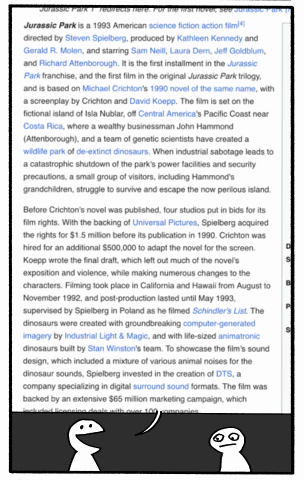Text
Stegosaurus ("Roof Lizard") was a large herbivorous dinosaur from the late Jurassic period (155-145 Mya) and has been found in the western United States and Portugal.
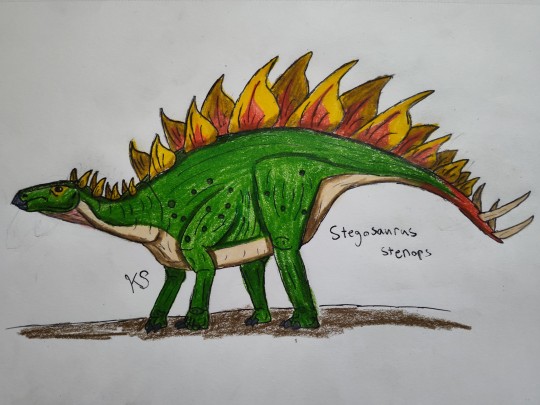
This iconic thyreophoran dinosaur is known for the intimidating plates along its back which it probably used for protection or display, and for the weaponized spiked tail it likely used to fend off predators.
Thyreophora is a diverse group of armored Ornithischian dinosaurs including Stegosauria, Ankylosauria, and their common ancestors. Evolution has experimented with armor several times throughout history but thyreophorans may be some of the most heavily armored animals we know of. With plates and spikes in all sorts of arrangements and sizes, and the later tank-like Ankylosaurs with hundreds of osteoderms and a heavy club-like tail.
Stegosaurians ranged from the middle Jurassic and into the early Cretaceous, while the Ankylosaurians lasted all the way to the end of the Cretaceous. Unfortunately their heavy armor wasn't enough to save them from the asteroid impact.
13 notes
·
View notes
Text


This is Arnold (deinocheirus) and Mudd (suchomimus)!!! I love these two goofballs. If anyone would like a specific dino drawn like these two cuties, don’t be afraid to ask!
79 notes
·
View notes
Text
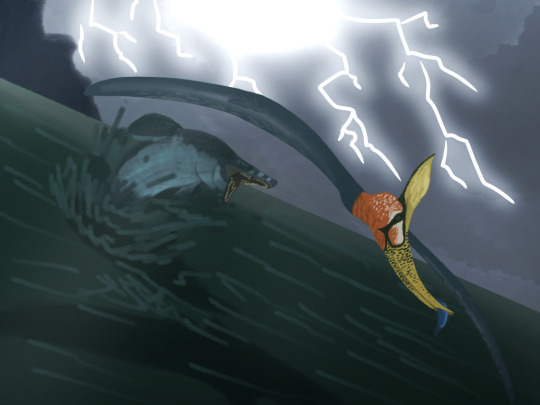
This was a lot of fun to make lol, hope you enjoy it!
33 notes
·
View notes
Text
Here's my previous Pteranodon art, compared to my latest. I wanted to fix a few inaccuracies and give it a deserving redo
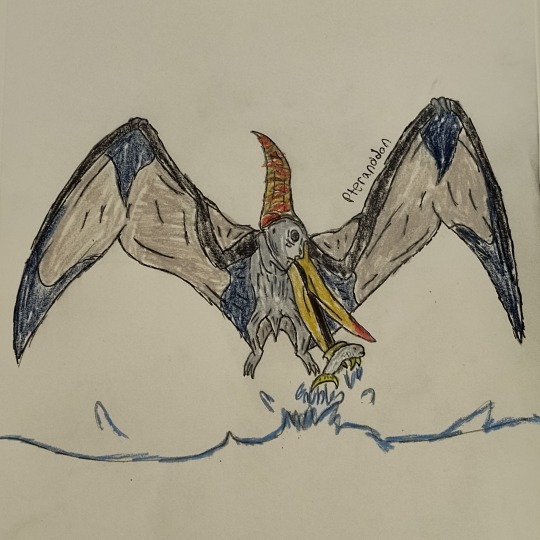

Pteranodon ("Toothless Wing") was a North American pterosaur from the late Cretaceous period (86-84.5 Mya).
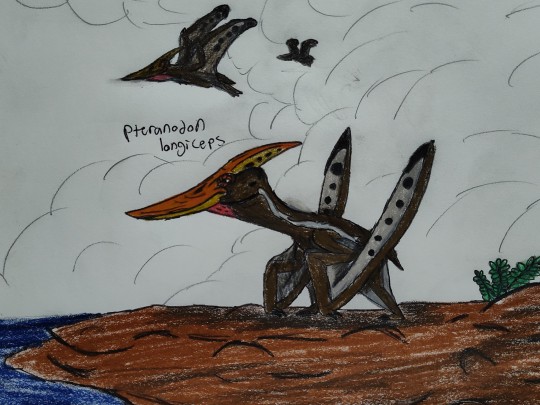
Easily the most recognizable pterosaurs, Pteranodon was a toothless flying reptile that spanned most of North America, but especially near the Western Interior Seaway, which is now most of Central USA, where it likely filled a niche similar to that of a modern seabird.
There are a lot of common misconceptions about this animal. It is often referred to as "Pterodactyl" which means wing finger, and while there is a separate genus known as Pterodactylus, there is no "Pterodactyl". It's often used as an interchangeable name for Pteranodon or Pterosaurs as a whole, although technically it is not a scientifically valid name.
The other misconception which is arguably more important, Pterosaurs are not dinosaurs. Pterosaurs are, like dinosaurs, an order of archosaurs that evolved alongside dinosaurs during the Mesozoic. They are closely related but they are a distinct and diverse group of reptiles. The only flying dinosaurs are the avian dinosaurs, like Archaeopteryx, modern birds, and everything in between.
19 notes
·
View notes
Text
Pteranodon ("Toothless Wing") was a North American pterosaur from the late Cretaceous period (86-84.5 Mya).

Easily the most recognizable pterosaurs, Pteranodon was a toothless flying reptile that spanned most of North America, but especially near the Western Interior Seaway, which is now most of Central USA, where it likely filled a niche similar to that of a modern seabird.
There are a lot of common misconceptions about this animal. It is often referred to as "Pterodactyl" which means wing finger, and while there is a separate genus known as Pterodactylus, there is no "Pterodactyl". It's often used as an interchangeable name for Pteranodon or Pterosaurs as a whole, although technically it is not a scientifically valid name.
The other misconception which is arguably more important, Pterosaurs are not dinosaurs. Pterosaurs are, like dinosaurs, an order of archosaurs that evolved alongside dinosaurs during the Mesozoic. They are closely related but they are a distinct and diverse group of reptiles. The only flying dinosaurs are the avian dinosaurs, like Archaeopteryx, modern birds, and everything in between.
#pteranodon#pterodactyl#pterosaurs#pterosaur#paleoart#paleontology#evolution#dinosaur#dinosaurs#birds#archosaurs#mesozoic#cretaceous
19 notes
·
View notes
Text
Giraffatitan ("Titanic Giraffe") was a massive sauropod dinosaur from the late Jurassic period (150-145 Mya) in what is now Lindi Region, Tanzania. Even if the name doesn't ring a bell, chances are you're more familiar with this animal than you think.
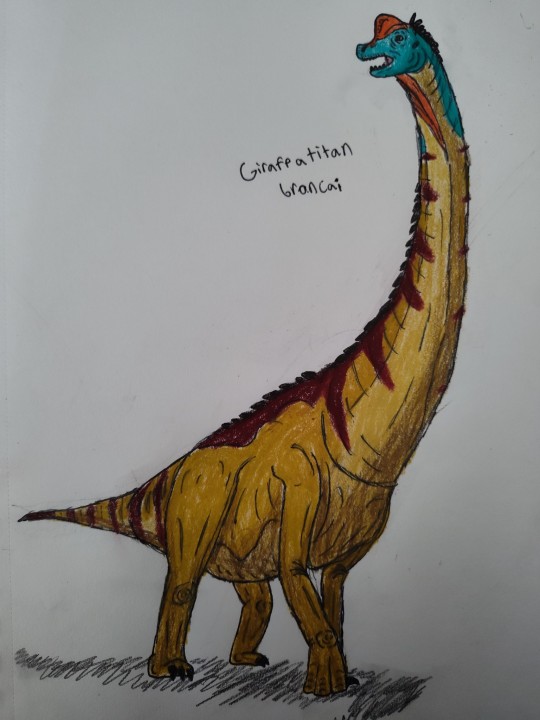
Initially the Sauropod was described and named in 1914 as the African species of Brachiosaurus, B. brancai as opposed to its North American counterpart, B. altithorax. At the time, we had not found a skull for B. altithorax, so the skull of B. brancai, with its iconic head bump, was attributed to the North American species as well.
As our research continued and more specimens were found, it started to become apparent that these two species were just too different. It wasn't until 2009 that scientists proposed a separate genus named Giraffatitan. This idea sparked some controversy, but since 2012 it is generally accepted that B. brancai is actually G. brancai.
Giraffatitan has the iconic head bump we've all seen in books and movies, while we now know that Brachiosaurus had a much less distinct bump.
#giraffatitan#brachiosaurus#sauropod#paleoart#paleontology#evolution#dinosaur#dinosaurs#birds#jurassic period#mesozoic
53 notes
·
View notes
Text
Parasaurolophus (Beside Crested Lizard) was a Hadrosaurid Ornithopod Dinosaur from western North America during the late Cretaceous period (76.9-70.5 Mya).
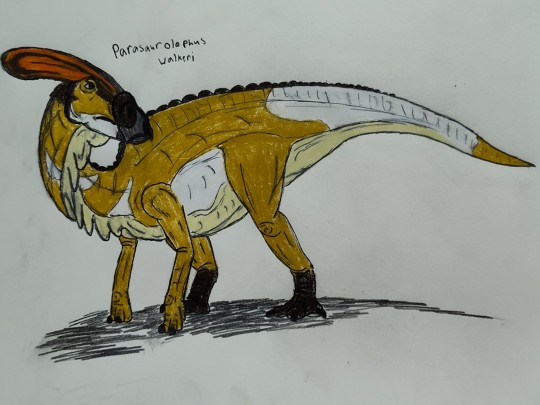
This iconic Hadrosaur is known for its long crest on top of its head, which it likely used for display and for vocalization. Parasaurolophus is the only dinosaur we currently know what it might have sounded like. Thanks to well preserved fossils and computer modeling, scientists have been able (through methods beyond my expertise) to reconstruct the sounds Parasaurolophus could have made. Unfortunately we may never understand the possibly complex social uses for these vocalizations, but maybe science will surprise us one day as it has many times before.
#parasaurolophus#paleoart#paleontology#evolution#dinosaur#dinosaurs#birds#ornithopods#ornithischians#hadrosaurs#Cretaceous
16 notes
·
View notes
Text
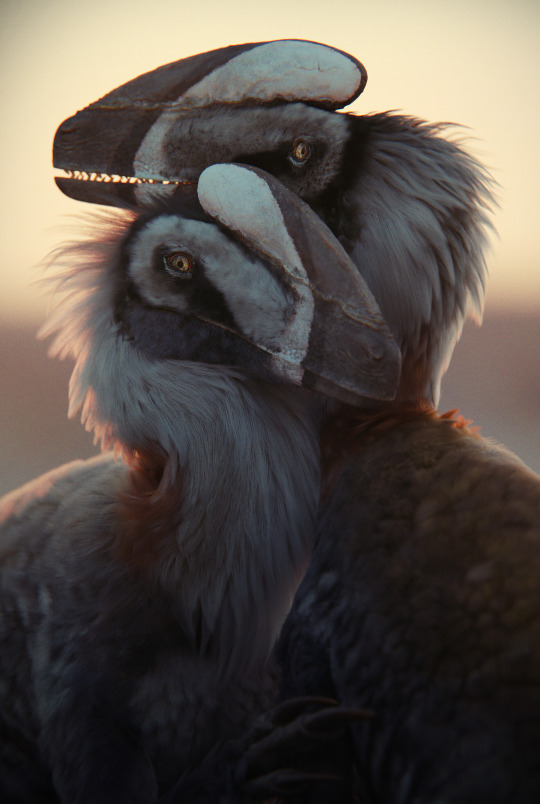
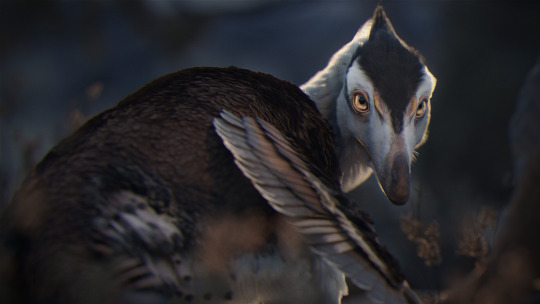

Guanlong wucaii
Velociraptor mongoliensis
Asteriorinis
Art by Joanna Kobierska
9K notes
·
View notes
Text
I work at a gas station and there is a pair of male grackles that stop by every day whom I have affectionately named Greg 1 and Greg 2.

Microraptors but they act like those blackbirds in gas station parking lots
6K notes
·
View notes
Text
Birds are Dinosaurs
Dinosaurs are not Lizards
None of this is a matter of opinion or debate
Get over it
Love
A Paleontologist
2K notes
·
View notes
Text

Drew a T. Rex skull today!
19 notes
·
View notes
Text


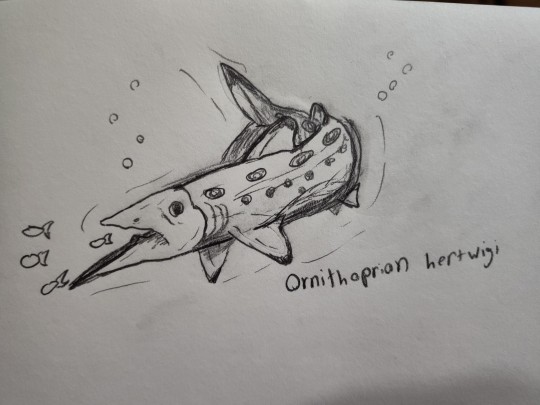

Participated in my first flocking Paleostream!!
45 notes
·
View notes
Text

While plants are certainly not my specialty, without them life today would be significantly different.
Cooksonia was one of the earliest plants to colonize the land during the Silurian period. It was simple and barely taller than a pin. The cup-shaped ends of their leafless branches could produce microscopic spores which would travel through the air and spread across the barren continents
This early plant grew in mud and other damp, low-lying habitats forming dense mats, similar to algae or mold. Terrestrial plants were pioneers in their time, and would pave the way for life to thrive on the surface.
16 notes
·
View notes


